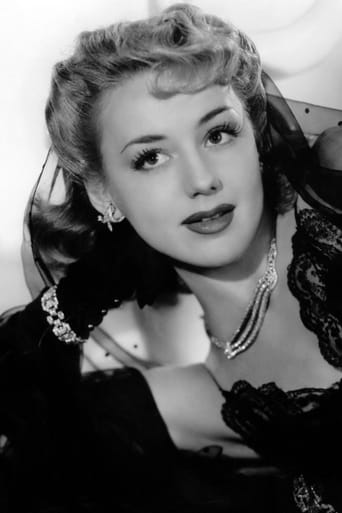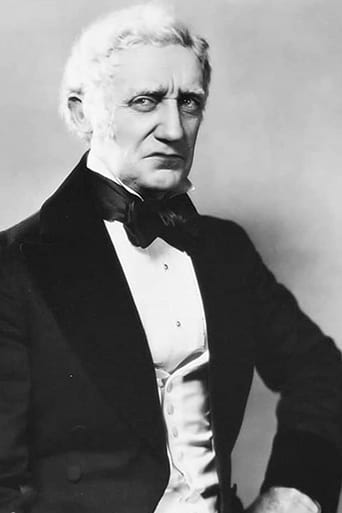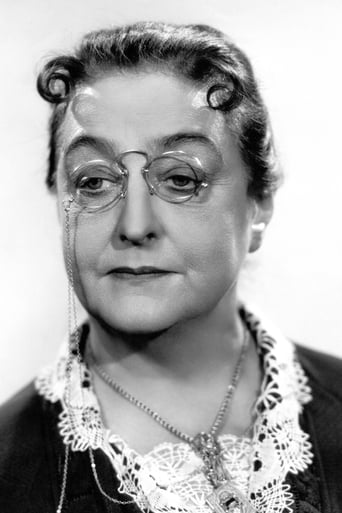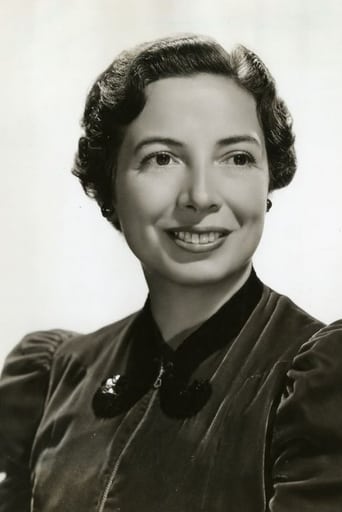Flyerplesys
Perfectly adorable
CrawlerChunky
In truth, there is barely enough story here to make a film.
Sameer Callahan
It really made me laugh, but for some moments I was tearing up because I could relate so much.
Jemima
It's a movie as timely as it is provocative and amazingly, for much of its running time, it is weirdly funny.
JohnHowardReid
NOTES: This is a re-make of the 1919 version directed by William Desmond Taylor, which starred of course Mary Miles Minter, whose mother is alleged by some Hollywood insiders to have murdered the director on the night of 1 February 1922. The murder - second only to the Roscoe Arbuckle case as Hollywood's most sensational true-life scandal - is still officially listed as unsolved. Until quite recently, I'd never seen a film directed by William Desmond Taylor. You'd think his notoriety alone would guarantee frequent airings on TV. But Unknown Video have now come to the rescue with a fine Kodascope copy - condensed to 5 reels, of course, but tinted - of Tom Sawyer (1917) starring a too-old-for-the-role but otherwise highly plausible Jack Pickford.Anyway, getting back to this movie, it was Big Box-office everywhere in 1935, and did particularly well in city and urban areas. PRINCIPAL MIRACLE: After avoiding this movie for years, I found it quite charming.COMMENT: Refreshing! One of the most remarkable things about the film is that it has dated very little. Montgomery's central idea of making her orphan-sent-by-mistake a dreamy chatterbox, is a strong one. And when that little heroine is so winningly played by an accomplished actress who can manage the transition from girlhood to womanhood with such ease, this movie certainly starts with much in its favor.
Aside from Tom Brown who as usual is a bit of a pain, Miss Shirley receives solid support all the way down the line from the beautifully judged portraits delivered by Helen Westley and O.P. Heggie to Sara Haden's irredeemably nosy Rachel and Charley Grapewin's surprisingly brief cameo as a rustic physician. For the most part, the obligatory sentimental scenes are both dramatically effective and commendably restrained. Although production values are moderate, technical credits are extremely able. George Nicholls leads the way with his forceful but almost wholly unobtrusive direction, his skill revealed in such sequences as the introductory close-ups of the wagon wheel turning which serve to punctuate and break up Anne's chattering, the long tracking shot with Anne and Tom, and a few crane shots above the stairs. Deft film editing in which steady patterns of long shots, two-shots and close-ups are not allowed to grow monotonous, must also be commended. As must Lucien Andriot's accomplished lighting which gives the photography such an attractive sheen. Max Steiner's melodious score which the composer cleverly uses to underline selected scenes rather than to drown out the sound track at every opportunity, is yet another major asset of this restrained but movingly realistic play.
kidboots
RKO had a reputation for making folksy, homespun pieces of Americana.Anne Shirley (as Dawn O'Day) had been in films since she was a toddler. By 1933 she was in limbo - having played Ann Dvorak as a child in "Three on a Match" (1932) and a "flower girl" in both "This Side of Heaven" and "The Key" both in 1934. George Nicholls Jnr remembered Anne's work from a previous film and that's how she got this part. She also adopted Anne Shirley as her stage name. The memorable stories are there - Lady of Shallot in a leaky boat, the "stolen" brooch, the "red hair" incident. Anne was so right for the role of the chatty, heartwarming orphan. She was heartbreaking in her intensity, her eagerness to please and also her fiery temper. O.P. Heggie was wonderful as the understanding Matthew Cuthbert and Helen Westley was fine as the firm Marilla. Tom Brown was an excellent Gilbert Blythe. Gertrude Messinger, who had also been in films as a small child was fine as Diana Barry. Sara Haden proved she could play someone other than Aunt Millie in the Andy Hardy series, was Mrs. Barry.
whpratt1
Never viewed this film and consider it a great Classic with great veteran actors. In the period that this film was made, people in America were different, there was no TV or all the modern things we have today, except the Radio and the starting out of great films being made in Hollywood. Sweet innocent tales of young romance between a young girl or guy was viewed differently than it is today. Ann Shirley,"Murder My Sweet",'44 played a young orphan gal who was called Carrot Top because of her red hair and found herself being taken into a home of two elderly folks, who were like two wise owls and watched over Ann Shirley. It was a small town and everyone knew everyone and if anything happened, the entire town found out about it within minutes. It is a down to earth film with nice decent people trying to help each other in a very very simple way of living. Today, it seems very corn ball and stupid, but believe me, this was the way people were in America during the 1920'. & 30's and they were a great generation that loved good family films.
erscherr
As a big fan of the books before I even saw the 80's versions of the movie, I think that the 1934 movie is a fairly good depiction. There is one deviation that they made which bugged me throughout the whole movie. Diana Barry's mother was Miss Rachel in the movie instead of them being 2 separate people. Also Diana had blonde hair, but that I could get past. I'm amused that the actress who played Anne Shirley (with an "e") just so happened to be named Anne Shirley, and she does an excellent job playing the character...it's almost as if the character Anne was modeled after the actress Anne. This movie sticks to the storyline very well, so as to quote many lines from the book. Also, Gilbert is still fairly handsome :)




